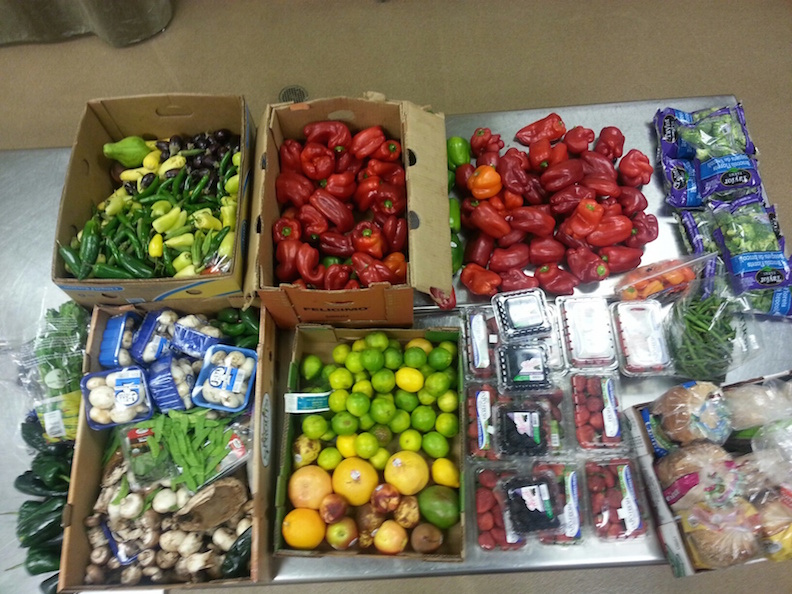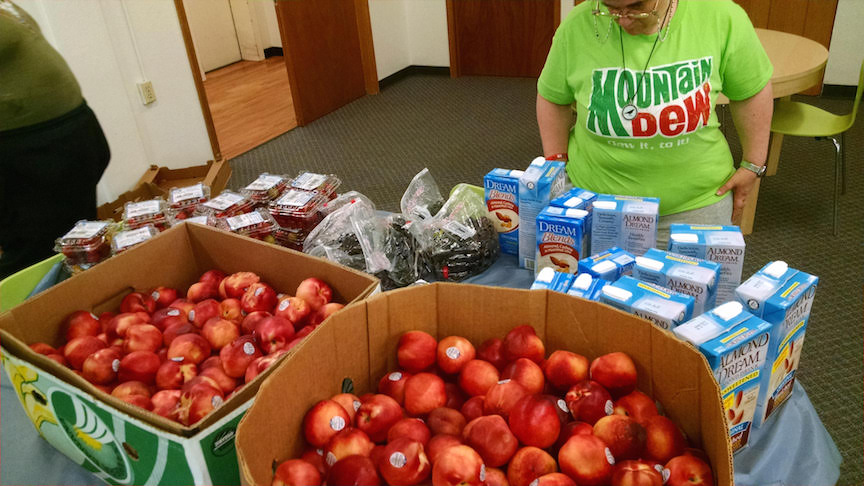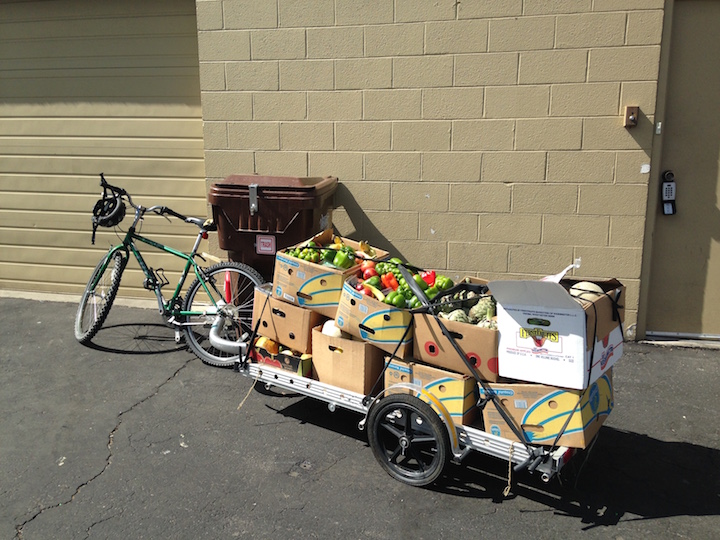How to Start a Food Rescue Program
If you’ve paid any attention to my work over the last years, have a Facebook account or pay any attention to media then you probably know that we’ve got a serious problem of food waste in the United States and around the world. I’ve dived into 1,000’s of dumpsters across the United States to show just how much perfectly good food is going to waste. My TEDx talk will catch you up on the issue from how much we’re wasting, to why it matters, and the solutions.
Of course, I know that dumpster diving is not the solution to The Food Waste Fiasco. Rather it is a way for me to bring major attention to the issue and then shine the spotlight on the solutions. One solution is donating all the excess food to nonprofits that in turn feed millions of US Americans. Boulder Food Rescue is a shining example of one of these food rescues and they really have gone above and beyond all expectations over the last few years. They have created the tools to help people start their own food rescue. Hana Dansky, the Executive Director, is a hero in the movement to end food waste and feed our fellow US Americans and I’ve invited her to write this guest blog on how to start a food rescue program. I hope this proves helpful to any of you who are inspired to be a part of this massive humanitarian and environmental mission and I hope you’ll take the leap and start a food rescue program in your city!
—
Have you been riding your bike around your city, peeking in grocery stores’ waste disposal outlets, passing by numerous people flying signs for support for food? Do you feel broken by the feeling of powerlessness in the face of capitalism and the globalized food system? Do you have unconstrained passion and no outlet to throw your excitement and rage into? You’re in the perfect place to start a food rescue program, in your own community.
The daunting task of starting up a food rescue nonprofit can be enough to feel stationery or lost. Or maybe it’s not the time you may put into a new project that has you feeling stuck, but just not knowing how to start. We’re here to help! If you follow these brief steps to starting your own food rescue and reach out for help, you will be amazed at what you can do.
Check out these simple steps to starting a food rescue program:
- Do your homework: The first step to starting any type of organization or project in your community is to do your research first and figure out where and how you may best be helpful. Check out which grocery stores (or farms and distributors) are in your city or neighborhood. What kinds of stores are they? Large corporations or local markets? Do they have food waste? If so, what kind? All of this information is important to know before you approach any store. Research other food rescue programs in the area. There may already be people doing this work, and your energy can better support someone else’s efforts. Research shelters, food pantries, food banks, churches, meal programs, schools and after-school programs, low-income housing, etc. Maybe there are other organizations in the area that serve the people you may want to donate food too, but aren’t tackling food access as an issue. Ask if they want to set up food programs. If they are an organization that doesn’t traditionally serve food, they probably have connections with the people that are most affected by these issues. Ask these individuals too.
- Approaching Retailers: Once you have found the gaps in food redistribution in your community, you want to approach your local grocery or retailer, by calling to set up a meeting. Store managers are busy. Making it as easy as possible on the store managers, to donate food is key. Setting up a meeting may take persistence, which is why it is important to come with a clear understanding as to why the relationship will benefit them.
Come with the intention of starting the relationship. Find a place with the store managers for them to set aside the food, and set up pick-ups for the next day (or right then and there!). Make sure it’s clear to the donors that your volunteers will sort the food, and that you will track the data to give tax deductible receipts. - Start Small. All you need is one store to say yes. From there, your momentum will help you convince other stores to donate too. Retailers often say there are liability concerns associated with donating, which is simply not true! The Bill Emerson Good Samaritan Act protects businesses if they donate to non-profits, and not a single retailer has ever been sued. (See: Solutions to the Food Waste Fiasco for more on this.)

- Materials and Funding: It may take a little something to get started, but there are plenty of thrifty ways to do a lot on a little! Want to do as much as possible by bike? We did too… Try out a used bike trailer that was once used for small humans who grew too big to ride in them. With a little reinforcement, they can get the job started. And it may also take some funds for random things like safety equipment or materials. Ask for support, even if it seems like a little bit. Dance party fundraisers work too.
- Build a fleet of awesome volunteers: Call upon your friends and colleagues, to help out with shifts. Find times and shifts that work for your volunteers, but also give them things they want to do, where they feel like they are contributing to the good of the organization. Utilize volunteers’ skills to grow your food rescue program, i.e. if someone is good at graphic design, have them create your logo. Appreciate your volunteers often.
- Drop the Food: As noted earlier in the “Research” phase, there are probably plenty of organizations that will be your allies and partners in this movement. Make sure to ask if people want the food, and have clear expectations of what it will look like. You may drop off the food, but they may be responsible for sorting and preparing it. Build relationships from the start and let the people most affected by the issue lead the way.*

- Get your Robot Ready: We have this pretty cool online web application we call the Food Rescue Robot. It’s a trendy open source thing, that’s free to use. It helps you manage volunteers, set up shifts, relay information for people, and track data. Set up an account and start adding shifts!
- Package Deal: We wrote this nifty document that goes into more depth on all of these things! It’s a How to Start Your Own Food Rescue guide that can elaborate on each of these pieces, equipped with pictures and documents. It’s free to download and use!
- Have Fun: For real, though. This work can be hard and when you put your time into something you’re passionate about, it’s both exciting and emotionally heavy. You must have fun, as often as possible, with your community.
- Reach out for support: We are here to help. Our Food Rescue Alliance program was built to lend a hand to people like you. We provide one-on-one consulting to help you get started, and have a network of other food rescue organizations around the country and beyond, who have tons of experience trying different things in their city. We encourage a diversity of models because we know every city looks really different from each other. We can share documents, resources, next and best practices, host workshops and give virtual high-fives for moral support.
* Building participatory structures within your model is a really important thing, to rely off of the assets of a community instead of a traditional deficit model. There is a lot to say and learn about this, so please reach out!

For a deeper look into food waste, detailed information on the problem and solutions, how to get involved, food rescue programs, dumpster diving, and more go to Robin’s Food Waste Activism and Dumpster Diving Resource Guide.